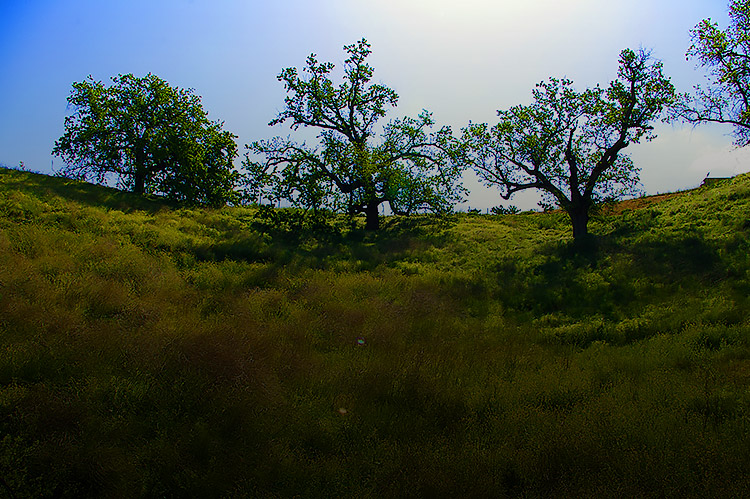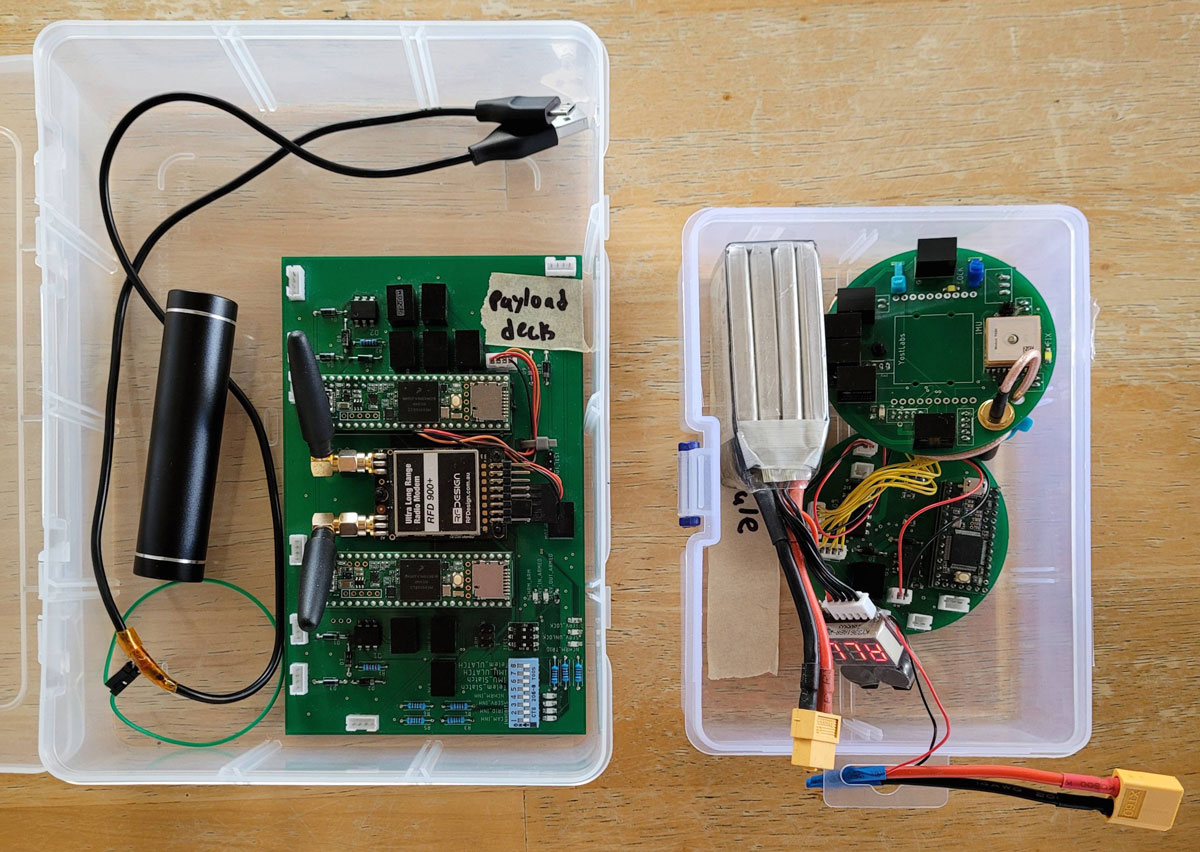News Release
FOR IMMEDIATE RELEASE
2021-01-26-ast
January 26, 2021
Student Team Selected to Work with NASA
Launched in 2016, the College of the Canyons Aerospace and Sciences Team (AST)—which includes High Altitude Student Payload (HASP) and RockSat-X—continues to secure its positive reputation of being selected for space flight on NASA student platforms and successfully competing at the university level.
As a result, COC was one of 10 California community colleges selected to work with NASA and the California Space Grant Consortium to enhance Science, Technology, Engineering and Math (STEM) preparation and provide a bridge opportunity for 100 community college students to study STEM fields at the university level.
The partnership provided COC AST with a $7,150 grant to fund 11 students with $650 scholarships for project-related expenses and $2,500 for materials.
"I am astounded that our community college team has competed and successfully been selected to launch experiments to space for six consecutive years and I am always impressed by the caliber of expertise and professionalism demonstrated by our students,” said Teresa Ciardi, a physical science instructor at the college.
Ciardi and Greg Poteat, an adjunct manufacturing instructor, provide the teams with guidance and support as co-advisors.
“Our team has an excellent reputation with NASA and is considered one of the ‘veteran HASP teams’ who can answer questions for any team who may need help,” added Ciardi.
Most recently, the team’s reputation has led to the creation of a community college internship program with Las Cumbres Observatory in Santa Barbara, which will consider COC students as the primary focus for the student pool.
To date, the team has flown four high altitude balloon missions aboard the NASA HASP system; two to collect interplanetary dust particles, and two to neutralize harmful acids within the upper stratosphere.
Since its inception in 2015, HASP had led to 68 internships and scholarships for participating students, including a $2,500 grant from Aerojet Rocketdyne.
With the help of student-designed flight computers, the COC team is currently working on launching, flying, and safely landing an autorotational reentry vehicle to test a novel approach to entry, descent, and landing.
As part of its RockSat-X project, the team is conducting research in the region of space just beyond the Karman line, which is approximately 100 miles above the planet.
Aside from providing students with networking and mentorship opportunities, students have also gained invaluable hands-on and practical experience.
“It has been great practical experience giving me an idea of what working in the real world will be like,” said Ganiru Ekwekwuo, RockSat-X project manager. “It has given me a lot of leadership and real-world experience.”
A first-generation college student, Ekwekwuo plans to double major in electrical engineering and computer science with hopes of doing innovative work in the robotics and medical fields.
“It is a dream come true,” said the Canyon Country resident. “Being able to have these options as a woman is incredible. I never thought I’d have this opportunity as a community college student.”
For fellow RockSat-X team member Natalie Aliaga, working on a large-scale project has given her the confidence to pursue a career in mechanical engineering.
“It has taught me to not be afraid to put yourself out there,” said Aliaga, who is the RockSat-X mechanical lead. “It has opened my eyes to different variations used in the design world from theoretical. Actual renderings and fabrication all played their own role in me deciding to study mechanical engineering.”
The recent grant from the California Space Grant Consortium also allowed the team to participate in a virtual NASA conference to learn about current research challenges, attend a research seminar, and meet with NASA scientists and engineers to discuss their research and get inspirational career counseling advice. Students will also present posters of their team projects to NASA scientists and engineers.
The team worked remotely and submitted a 2021 HASP proposal while completing work on their 2021 NASA RockSat-X payload.
"The greatest barrier for this team each year is funding for materials, space flight, and student travel to NASA sites for testing and launch,” said Ciardi. “We all work constantly to secure enough donations to complete our NASA missions, and we are hugely thankful to all who have donated to the team."
COC AST is a team of students, faculty members, and alumni that build instruments to conduct research in the upper atmosphere and space.


